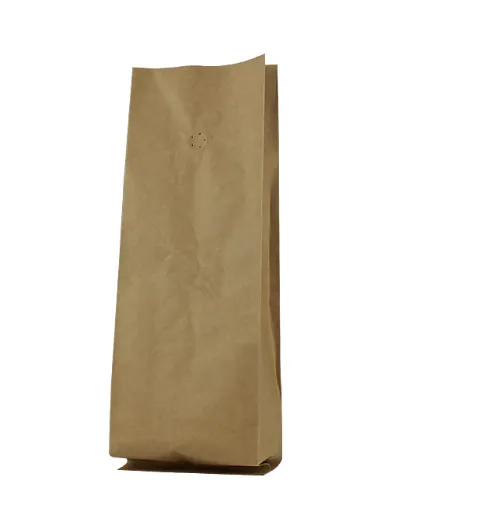Email: enid@bc-pak.com
Tel: 86-757- 88811186
- Afrikaans
- Albanian
- Amharic
- Arabic
- Armenian
- Azerbaijani
- Basque
- Belarusian
- Bengali
- Bosnian
- Bulgarian
- Catalan
- Cebuano
- chinese_simplified
- chinese_traditional
- Corsican
- Croatian
- Czech
- Danish
- Dutch
- English
- Esperanto
- Estonian
- Finnish
- French
- Frisian
- Galician
- Georgian
- German
- Greek
- Gujarati
- haitian_creole
- hausa
- hawaiian
- Hebrew
- Hindi
- Miao
- Hungarian
- Icelandic
- igbo
- Indonesian
- irish
- Italian
- Japanese
- Javanese
- Kannada
- kazakh
- Khmer
- Rwandese
- Korean
- Kurdish
- Kyrgyz
- Lao
- Latin
- Latvian
- Lithuanian
- Luxembourgish
- Macedonian
- Malgashi
- Malay
- Malayalam
- Maltese
- Maori
- Marathi
- Mongolian
- Myanmar
- Nepali
- Norwegian
- Norwegian
- Occitan
- Pashto
- Persian
- Polish
- Portuguese
- Punjabi
- Romanian
- Russian
- Samoan
- scottish-gaelic
- Serbian
- Sesotho
- Shona
- Sindhi
- Sinhala
- Slovak
- Slovenian
- Somali
- Spanish
- Sundanese
- Swahili
- Swedish
- Tagalog
- Tajik
- Tamil
- Tatar
- Telugu
- Thai
- Turkish
- Turkmen
- Ukrainian
- Urdu
- Uighur
- Uzbek
- Vietnamese
- Welsh
- Bantu
- Yiddish
- Yoruba
- Zulu
different packaging materials
Views :
Update time : Feb . 12, 2025 09:40
Packaging materials play a crucial role in the preservation, protection, and presentation of products. With an increasing emphasis on sustainability, cost-efficiency, and consumer appeal, the diversity of packaging materials has expanded significantly. Below is a comprehensive guide on various packaging materials, backed by expert insights, authoritative data, and real-world application experiences.
Aluminum's lightweight nature and excellent moisture, light, and air barrier properties render it an outstanding choice for food and beverage packaging. Its infinite recyclability aligns with circular economy principles, making it a favorable option among many sustainable brands. The application of new technology enables manufacturers to reduce the thickness of aluminum packaging without sacrificing quality, promising economic benefits and environmental savings. Bioplastics are emerging as an innovative response to plastic pollution concerns. Derived from renewable biomass sources like corn starch or sugarcane, bioplastics offer a dual benefit of reduced reliance on fossil fuels and enhanced degradation capability. Companies exploring bioplastics are advised, however, to verify compostability conditions which are not universally applicable. Hybrid packaging materials, combining elements of traditional and modern substances, are also gaining momentum. For instance, packaging solutions integrating both paper and plastic layers provide the flexibility and protective features of plastics while retaining the eco-friendly characteristics of paper. This hybrid approach is particularly advantageous in creating packaging with reduced environmental impact while maintaining necessary protection criteria. Selecting the right packaging material transcends mere functionality; it requires thorough analysis of the product's nature, brand objectives, and consumer preferences. Consulting with material scientists and sustainability experts ensures an informed decision-making process, balancing performance with environmental responsibility. In conclusion, the diversity of packaging materials available today affords businesses unprecedented possibilities to align packaging with their strategic goals. The shift towards sustainable, innovative, and efficient packaging is not merely a trend but a formidable reality driven by consumer demand and environmental necessity. As brands become increasingly attuned to the environmental footprint of their packaging, choosing the appropriate material is critical, not just for product success but for contributing to a sustainable future.


Aluminum's lightweight nature and excellent moisture, light, and air barrier properties render it an outstanding choice for food and beverage packaging. Its infinite recyclability aligns with circular economy principles, making it a favorable option among many sustainable brands. The application of new technology enables manufacturers to reduce the thickness of aluminum packaging without sacrificing quality, promising economic benefits and environmental savings. Bioplastics are emerging as an innovative response to plastic pollution concerns. Derived from renewable biomass sources like corn starch or sugarcane, bioplastics offer a dual benefit of reduced reliance on fossil fuels and enhanced degradation capability. Companies exploring bioplastics are advised, however, to verify compostability conditions which are not universally applicable. Hybrid packaging materials, combining elements of traditional and modern substances, are also gaining momentum. For instance, packaging solutions integrating both paper and plastic layers provide the flexibility and protective features of plastics while retaining the eco-friendly characteristics of paper. This hybrid approach is particularly advantageous in creating packaging with reduced environmental impact while maintaining necessary protection criteria. Selecting the right packaging material transcends mere functionality; it requires thorough analysis of the product's nature, brand objectives, and consumer preferences. Consulting with material scientists and sustainability experts ensures an informed decision-making process, balancing performance with environmental responsibility. In conclusion, the diversity of packaging materials available today affords businesses unprecedented possibilities to align packaging with their strategic goals. The shift towards sustainable, innovative, and efficient packaging is not merely a trend but a formidable reality driven by consumer demand and environmental necessity. As brands become increasingly attuned to the environmental footprint of their packaging, choosing the appropriate material is critical, not just for product success but for contributing to a sustainable future.
Recommend products
Read More >>
Related News
Read More >>













